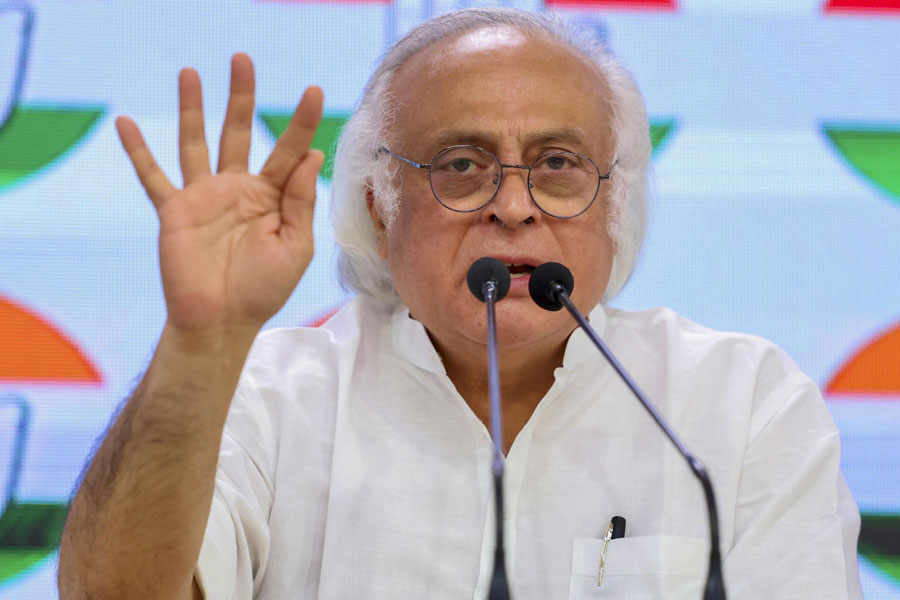Mumbai, July 7 :
Housing loan securitisation finally took off today with National Housing Bank signing a memorandum of agreement with Housing Development Finance Ltd (HDFC) and LIC Housing Finance to securitise part of their loan portfolios.
NHB will initially securitise Rs 89.50 crore of HDFC loans and Rs 47.54 crore of LICHF loans. The transaction involves the assignment of retail housing loans from the housing finance companies.
NHB earlier had plans to rope in more players for the maiden launch but later decided to stick to two major players in the industry.
The securitisation of housing loans is expected to give a fillip to housing finance companies for mobilising resources. It is expected to provide depth to the housing finance industry and also substantially widen the markets in the future.
NHB will create a special purpose vehicle (SPV) by clubbing the housing loans which will constitute the receivables to be securitised and held by the SPV in the nature of a trust. This issue of mortgage backed securities (MBS) being the first of its kind to be introduced in the country, is expected to breathe life into the secondary mortgage market which is non-existent at present.
The housing finance industry in India has been witnessing a steady growth since almost a decade both in terms of growth in housing loans as also in the geographical outreach.
While the banking system has also been increasingly becoming more active in housing finance business, the resources requirement for the housing
sector as a whole continues to be huge, which implies the necessity for a continued growth in volume lending.
The critical issue for the housing finance industry has been the difficulty in mobilising funds. This has brought into sharp focus the need to integrate sector-specific financial markets into a national capital market and to broaden and deepen the capital market by increasing the variety of alternative instruments and contracts available.
According to NHB, mortgage backed securities has come to represent a major policy initiative of the government as manifested in the National Housing and Habitat policy announced in 1998.
HDFC officials aver that securitisation facilitates tapping of household savings and channelising
them to the housing finance sector, on the other
hand it helps in generating funds for mortgage
lending at lower interest and in improving affordability.
The securitisation also helps in better management of assets and liabilities, particularly in a long-term financing activity like housing finance.
It is important to emphasise that the general preference for securitisation as an alternative financing mechanism is dependent on the realisation that securitisation can simultaneously redress many of the problems endemic to the housing finance industry, notable ones being the incidence of asset-liability mismatch , interest rate risk and default risk, beside integrating mortgage markets into a national capital market.
 Wednesday, 25 June 2025
Wednesday, 25 June 2025









